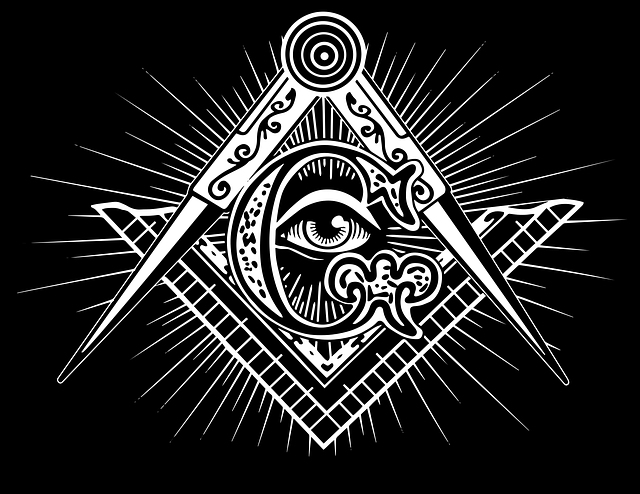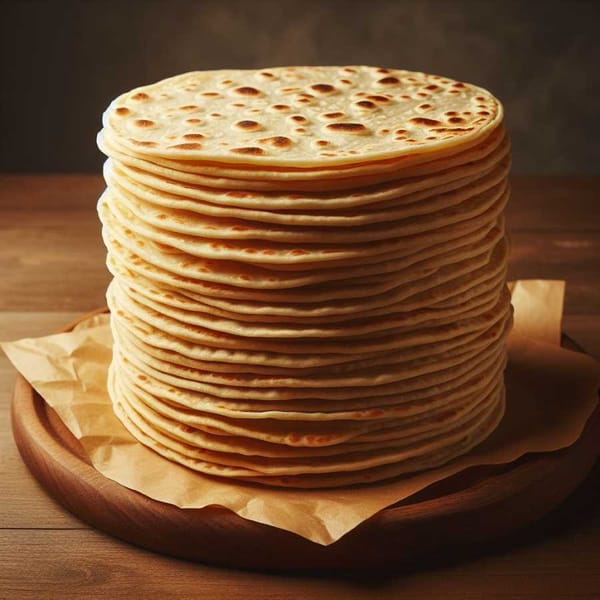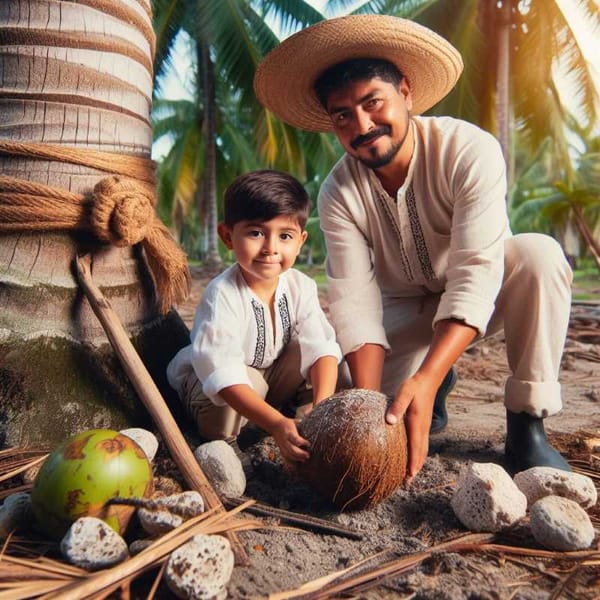Freemasonry, a rite of passage, anthropological study
An analysis from an anthropological point of view of some of the patterns of this rite constitutes another way to achieve community recognition, in this case of a lodge.

Plagued by symbolisms and physical stages that induce the overcoming of a previous status, the so-called rites of passage are part of an inherent expression of the cultural manifestations of societies, among which includes the initiation ceremony in Freemasonry, where the "death and transfiguration" of the old personality is promoted, a protocol that is generally surrounded by mystery and secrecy.
Defined by the Masons themselves as an essentially philosophical, progressive, and philosophical institution, and not as a religion, its objective is the search for truth, ethics, and work for the moral improvement of humanity. The origins of this society date back to the 10th century B.C., during the construction of King Solomon's Temple; however, what is reliably documented is that it descends from the cathedral builders' associations of the Middle Ages.
The Ancient Scottish Rite is the most widespread in the world, a ritual of symbolic character that regularly has a component of mystery and secrecy, in which the candidates do not know exactly what is going to happen in the so-called Room of Reflection, whose experience has been called by the Masons themselves as "evolutionary drama".
Related to the calendrical passage of time, rites of passage occur from birth to death, and indicate the transition of individuals from one status to another during life. These types of ceremonies focus on a stage known as "liminar", which means threshold and is related to insecurity in the face of moments of change.
In this sense, for candidates, Masonic Initiation consists of a gradual process of cutting ties and letting go of life-limiting bonds. This takes place in the Reflection Room, space where the neophyte enters blindfolded to undertake an Initiatory Journey without knowing what experiences he will have to live.
Researcher Sánchez Nava has detailed some of the stages of the rite of the entrance to Freemasonry, where secrecy is one of its main characteristics, which responds to allusive reasons to the interpretation of its symbolism by the general public, which is always incomplete and erroneous due to the lack of knowledge of its connotations. Hence, the ritual involves an initiate's oath to keep due discretion in this regard.
"Membership is limited to men over 21 years of age who can meet the requirements of moral solvency, although there are lodges that admit women, they are the fewest," he said, adding that the applicant must also be recommended by two master masons and then go through a vote that must be won unanimously.
The initiation rite is usually like a rehearsal of what the candidate will have to live in real life in the future, which starts with the detachment from the bonds of matter and is symbolized with the delivery of "jewels and metals" that he has and that are returned at the end of the ceremony.
Subsequently, it gives way to the entrance to the temple by means of three knocks on the door, which means that the triplicity is the beginning of everything that follows. Likewise, in order to enter, one must inevitably pass between two columns located on opposite sides of its portal. It is said that each Mason carries in him two columns that constitute the two legs that support him as he walks towards his goal.
The door of the temple is to the west, a symbol of darkness, and it is intuited that on the opposite side is the light, in the east, the fundamental direction for Freemasonry. The journey is circular because it starts and ends at the pair of columns mentioned, a situation that is not appreciated at the time by the aspirant because he is blindfolded. This journey indicates the point of synthesis at which it is indispensable to arrive in each evolutionary cycle.
Initiation occurs through three symbolic journeys (by air, by water, and by fire), in relation to an equal number of degrees traditionally defined in Freemasonry: apprentice, companion, and master. The first journey implies the breath of life necessary to initiate the path and the new life, a phase in which the personality is integrated.
The second journey symbolizes the emotional nature, a stage characterized by the struggle to dominate and control the emotions of the human being. The third journey represents the mental nature, where the pilgrim, after being "consumed" in a sacred fire, is resurrected in a new life, spiritualized and freed from his limitations.
Thus culminates the journey of the initiate, after symbolically reaching his goal, the blindfold is removed and he realizes that the paths that seemed endless and full of obstacles, were made in a reduced space, which means that the roads to travel are in the space contained by his own being and within him the light that he sought so much. His body itself is a lodge.
At the end of the rite, the initiate realizes that he made his journeys on a floor that resembles a chessboard, in which the black and white squares symbolize the opposite pairs, good and evil, a condition that he must keep under control and in harmony at all times.




